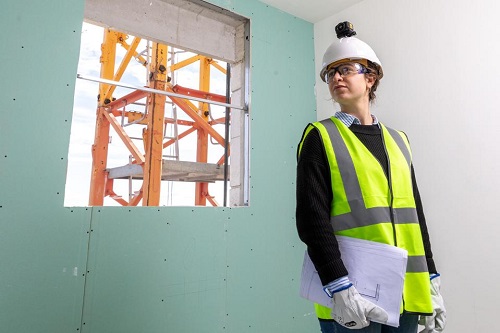 Wednesday, April 24, 2024
Wednesday, April 24, 2024  Wednesday, April 24, 2024
Wednesday, April 24, 2024 
Whether you have experienced construction at home, with an office, a manufacturing plant, or other large project, you have most likely seen a problem with the process. It is, unfortunately, normal to run over budget and over schedule. With large projects, it becomes process and project management and is even more problematic. In a house, it is easy to know what’s missing and needs to be done. An office building, a road, a large manufacturing plant, and other highly complex projects make it very difficult to even know what is missing. Planning becomes an almost impossible job. Artificial intelligence (AI) companies are working to address that challenge.
One critical way contractors work to understand whether or not schedules can be met is through visual inspection. However, matching a space to the specifications is not easy. It’s here that computer vision and machine learning can improve accuracy and efficiency.
First let’s talk about what technology can’t do. While construction sites are becoming more complex, and connectivity to the on-site construction office is standard, broadband access throughout a site is still rarely possible. Having a live link between CAD models and an inspector is not something that can be relied upon.
Buildots is a company working within that constraint to improve process management through speeding and increasing the accuracy of the inspection process. The founders, Aviv Lebovici, Yakir Sudry and Roy Danon, were looking at manufacturing processes when somebody pointed out to them that construction was a different type of manufacturing. Their shift was then to understand how best to manage and track the construction process. One key area was matching information from inspections to the plans.